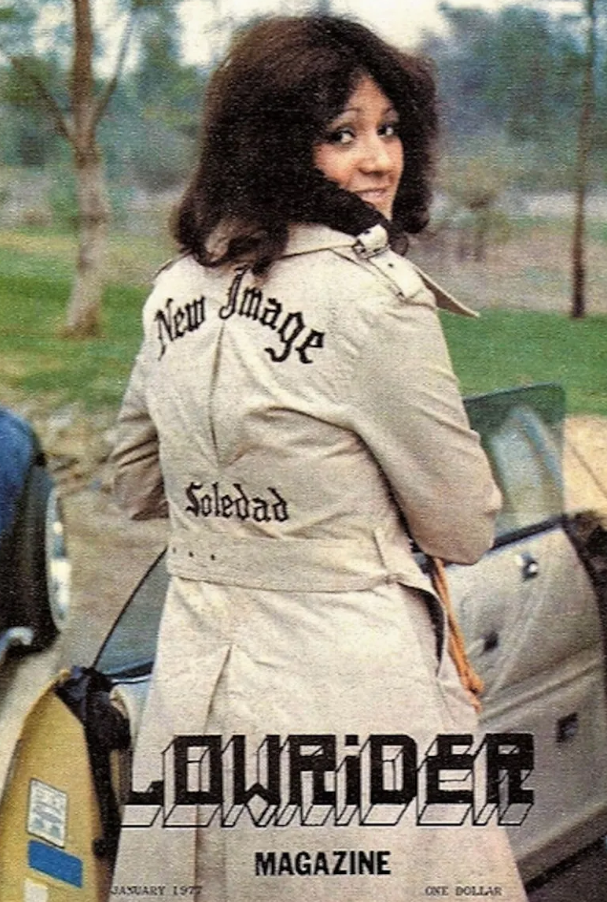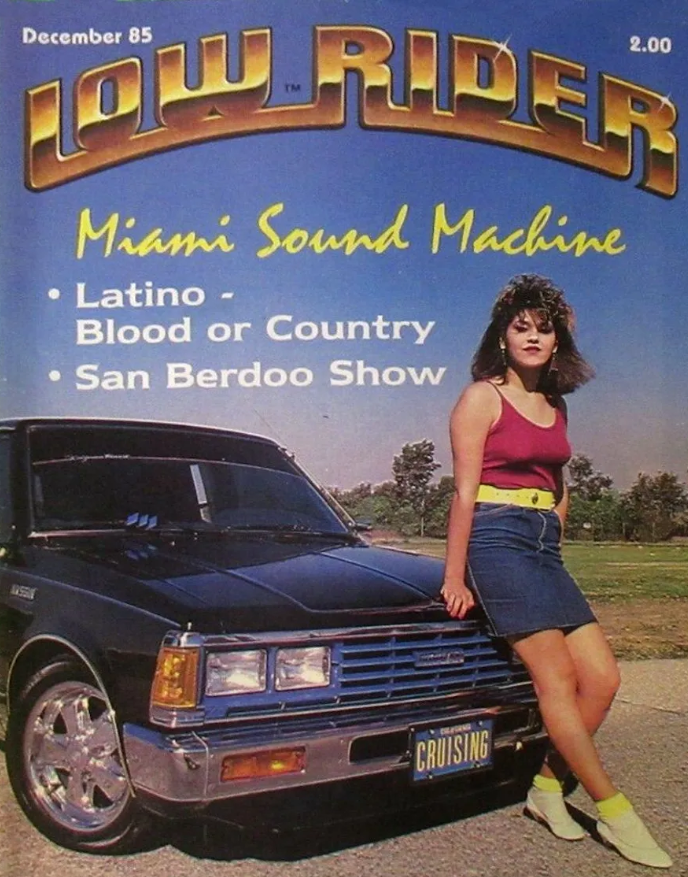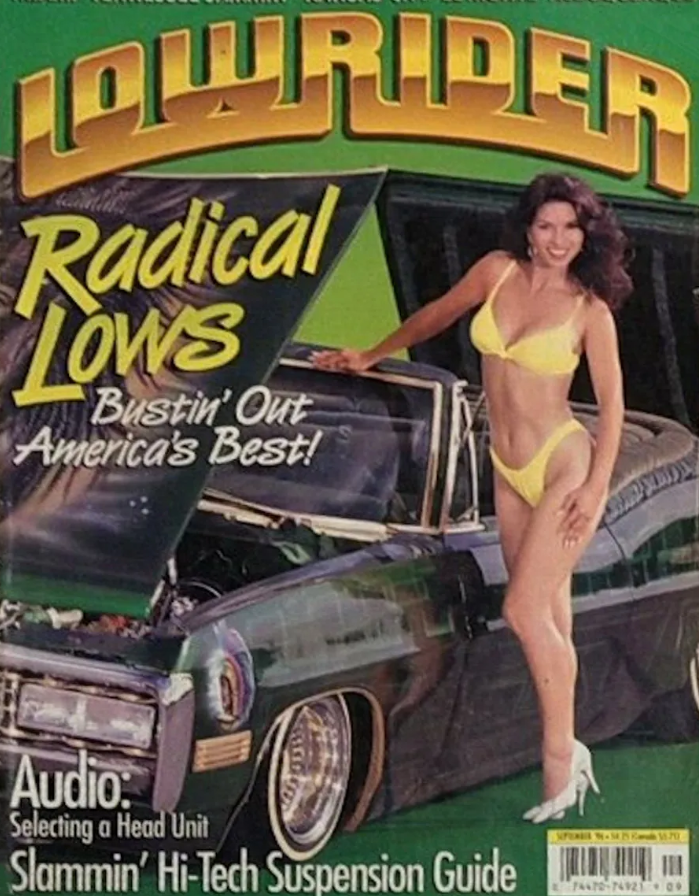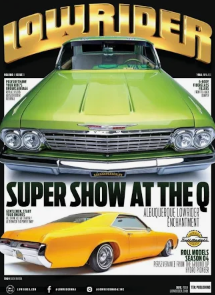The Rise and Fall of Lowrider Magazine and the Legacy of the Lowrider Man
- mikestanek
- Jul 26
- 3 min read

For decades, Lowrider Magazine stood as the voice of a culture. More than just a car magazine, it was a movement. It documented a lifestyle rooted in pride, identity, and expression through rolling works of art. From its humble beginnings to its powerful influence and eventual quiet end, the magazine shaped generations and helped define Chicano culture for the mainstream. Its most enduring symbol was the Lowrider Man. He became more than a logo. He became a cultural icon and a lasting symbol of style and resilience.

Beginnings in East Los Angeles
Lowrider Magazine was founded in 1977 in East Los Angeles by Sonny Madrid, Larry Gonzalez, and David Nunez. Their goal was to showcase the beauty, creativity, and pride behind the lowrider lifestyle and the people who built it. At the time, lowriding was often misunderstood or unfairly criminalized. The magazine provided a platform for a growing community and a way to share its stories. It featured candy-painted Impalas, chrome-covered bombs, and hydraulic setups, but it also included articles on activism, family, tradition, and neighborhood life.
Lowriding was never just about modifying cars. It was about reclaiming space, moving with pride, and expressing identity in a world that often tried to erase or ignore it. Lowrider Magazine captured this spirit with every issue. It blended technical features, cultural stories, photography, art, music, and fashion. Much of its content reflected Chicano roots and honored the traditions that shaped the scene.

The Lowrider Man
One of the most iconic parts of Lowrider Magazine was not a car at all. It was a figure crouched low, wearing a mustache and a hat, with a serious and proud expression. This was the Lowrider Man. He was not just a mascot. He was a symbol of the entire lifestyle. He reflected the same confidence, coolness, and cultural pride that the cars represented.

The Lowrider Man was created by artist George “Geo” Ferocian. His design was inspired by zoot suit culture, barrio fashion, and classic West Coast imagery. His crouched posture echoed the lowered stance of a car, but it also suggested strength and connection to the ground. The image became instantly recognizable. It appeared on shirts, stickers, windows, murals, and even tattoos. For many people, the Lowrider Man was not just a drawing. He was a reflection of who they were and where they came from.

Cultural Growth and National Reach
During the 1980s, 1990s, and early 2000s, Lowrider Magazine grew far beyond its original audience. It became a national brand. It held car shows, music events, model competitions, and community gatherings. The Lowrider Tour brought custom rides to cities across the United States. The magazine was found in barbershops, garages, corner stores, and living rooms. It was more than a publication. It was part of everyday life.

The magazine helped connect generations. It celebrated the evolution of car builds, from postwar Chevys to late-model trucks and bikes. It introduced readers to the music that shaped the scene, from funk and soul to hip hop and Latin jazz. It gave credit to the artists, welders, painters, and clubs who made it all possible. Lowrider was a record of creativity, history, and community pride.
The End of an Era

Like many other magazines, Lowrider struggled in the changing media landscape. In 2019, after 42 years in print, its parent company decided to end publication. The final issue was released in December of that year. For many longtime readers, this was a heartbreaking moment. The magazine had been a connection to their youth, their culture, and their identity.
Even though the publication ended, its legacy did not. The stories, photos, and ideas shared over four decades continue to inspire. The community is still active. Car builders, clubs, and artists keep the tradition alive. Social media has helped a new generation carry forward the same pride and attention to detail that defined earlier eras.
The Lasting Power of the Lowrider Man

The Lowrider Man still holds power. His image is seen across the country. He represents something greater than nostalgia. He represents pride, unity, and the importance of staying grounded in tradition while moving forward with purpose.
Lowrider Magazine was never only about cars. It was about culture, identity, and creative freedom. It helped elevate a style that came from the neighborhoods and turned it into an international symbol. The magazine gave voice to a community that had often been overlooked or misunderstood.
Today, lowriding is still evolving. Builders continue to push the limits of design and engineering. The cars are just as impressive. The culture is just as rich. And the Lowrider Man remains a symbol of everything this lifestyle stands for.





Comments